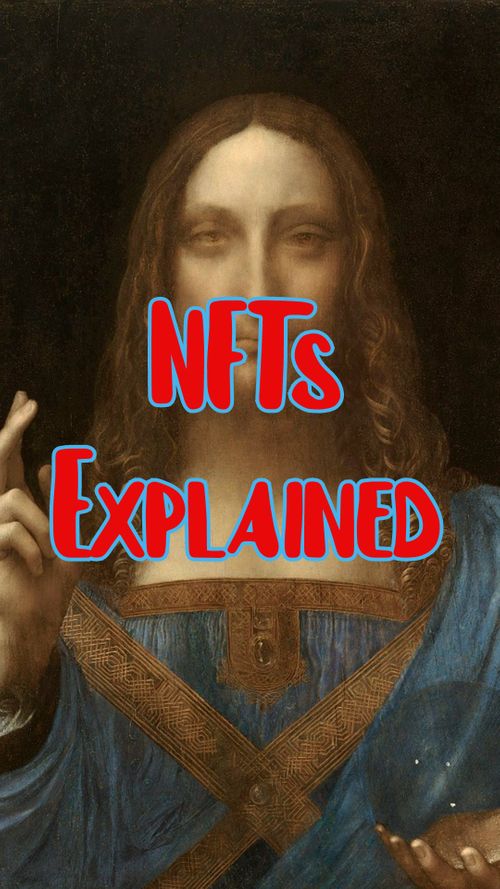NFTs explained in 500 words
Jul 18, 2021 · 3 mins read
0
Share

Creating scarcity
In 2017, a painting reputedly by Leonardo da Vinci - Salvator Mundi - sold for $450 million.
Save
Share
In 2021, an artwork by Beeple - Everydays: the First 5,000 Days - sold for $69 million.
Save
Share
Similar headlines, different contexts. But the latter made waves because it was a digital artwork.
Save
Share
While art historians obsessed over da Vinci’s painting to make sure it wasn’t a copy, Beeple’s artwork could be duplicated identically with just a right-click + copy + paste. So it can’t be worth anything, right?
Save
Share
Digital art has always suffered from this problem...until recently. A new technology called NFTs (Non-Fungible Tokens) has changed that.
Save
Share
NFTs are like stamps of authenticity for digital assets. They’re based on blockchain technology, and in the next 3 minutes, you're going to understand why there’s so much hype around them. The term ‘Non-Fungible’ sounds complex, but it really isn’t.
Save
Share
Non-Fungible items are just those that cannot be substituted because they contain something that makes them unique. Most physical assets are non-fungible – the device you’re reading this on, the notebook on your desk, or a painting by da Vinci.
Save
Share
Since non-fungibility implies uniqueness, it also implies scarcity. And an asset that becomes scarce usually sees its value increase. You probably intuitively understand this phenomenon with physical assets, but it's equally applicable to digital assets.
Save
Share
Thanks to blockchain-based authentication by NFTs – digital assets like art, audio tracks, gifs, videos, and even Tweets can now be converted into non-fungible entities - each with a unique identifier.
Save
Share
Creators can then sell these to the highest bidder - sometimes for their utility as assets, and other times for the bragging rights they come with.
Save
Share
0